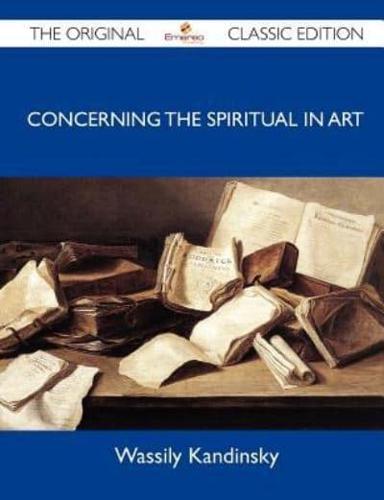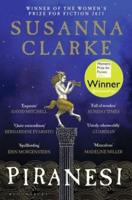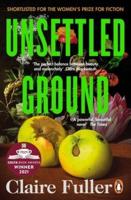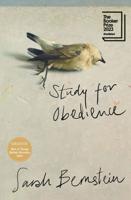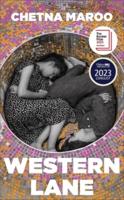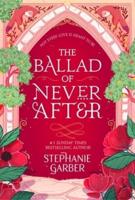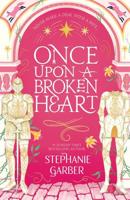Publisher's Synopsis
Kandinsky spent a lifetime painting in search of the spiritual. His body of work was his philosophical opus, provoked initially by the prodigious philosophical works of Madame Blavatsky, founder of the Theosophical Society, in which she introduced the Western world--and Kandinsky--to Eastern philosophies.
Kandinsky believed that art had a duty to be spiritual in nature, an expression of inner need, as he came to call it. He called art for arts sake a vain squandering of artistic power.
This book was both his call to artists to meet their obligation to humanity and his attempt to define and explain color and form in its relation to expressing the message of the soul.
The 1910s was surely the most exciting, radical, innovative and genuinely NEW period in the history of all the arts, writing, music, painting, cinema, dance. it was also one of the few periods when creative frenzy was escorted by critical might, and is almost as famous for its artistic collectives, its -isms, its iconoclasms and its spectacularly aggressive, wipe-the-slate-clean manifestoes as it is for any one artwork produced.
Today, however, there arent many of these manifstoes that possess more than quaint historical value. Kandinskys Concerning the Spiritual in Art is one, and probably to our own shame, speaks as loudly to us today as it did to the artists contemporaries. A cry against all that is bogus or a dead-end in art - the bourgeois-currying; the trend-following; the excessively materialistic, naturalistic or representational; art in which formal invention is not matched by emotional power - the book demands a return to spirituality in art in an age where a godless faith in science has resulted in a soulless culture.
Kandinsky is the artist who said that Art was close to religion, and his concept of painting is heavly bound up with his Russian orthodox upbringing (as well as later exposure to theosophy). One does not have to be a card-carrying mystic, however, to recognise the truth of his central argument, that the only art with the power to truly move us is that which is ruthlessly faithful to the artists inner need, not public taste or contemporary styles.
this belief led Kandinsky towards abstraction: he rejected the idea that a painter should draw what was on the surface, instead of its inherent spirit or harmony (if this led to a cul-de-sac in 20th century art, this is because Kandinskys mimics lacked his moral drive). This book is fascinating as Kandinsky, still creating recognisably (though distorted) representational works, was struggling towards the abstract geomotry for which he is now famous. It is essential for any lover of Kandinskys work, and modern art in general, with its revealing analyses of colour and form, their psychology, and the various effects they can achieve. it is a portrait of modernism from the inside, and it is goosebumping reading a gifted contemporary passing judgement on Picasso and Matisse, although time has parted company with him in his preference for Maeterlinck and Isadora Duncan.
In his demand for a total art that would unite theatre, music and painting, he looks forward to the great Ballets Russes happenings, most significantly Nijinsky/Stravinsky/Picassos The Rite of spring. Throughout, he calls for painting to achieve the non-naturalistic liberation of music.
But behind the passion and certainty is an intellectually playful (not always caught by the fusty translation), though deadly earnest artist, who knows that everything he says is provisional and a guide, a record of his own groping, striving, tireless searching.
